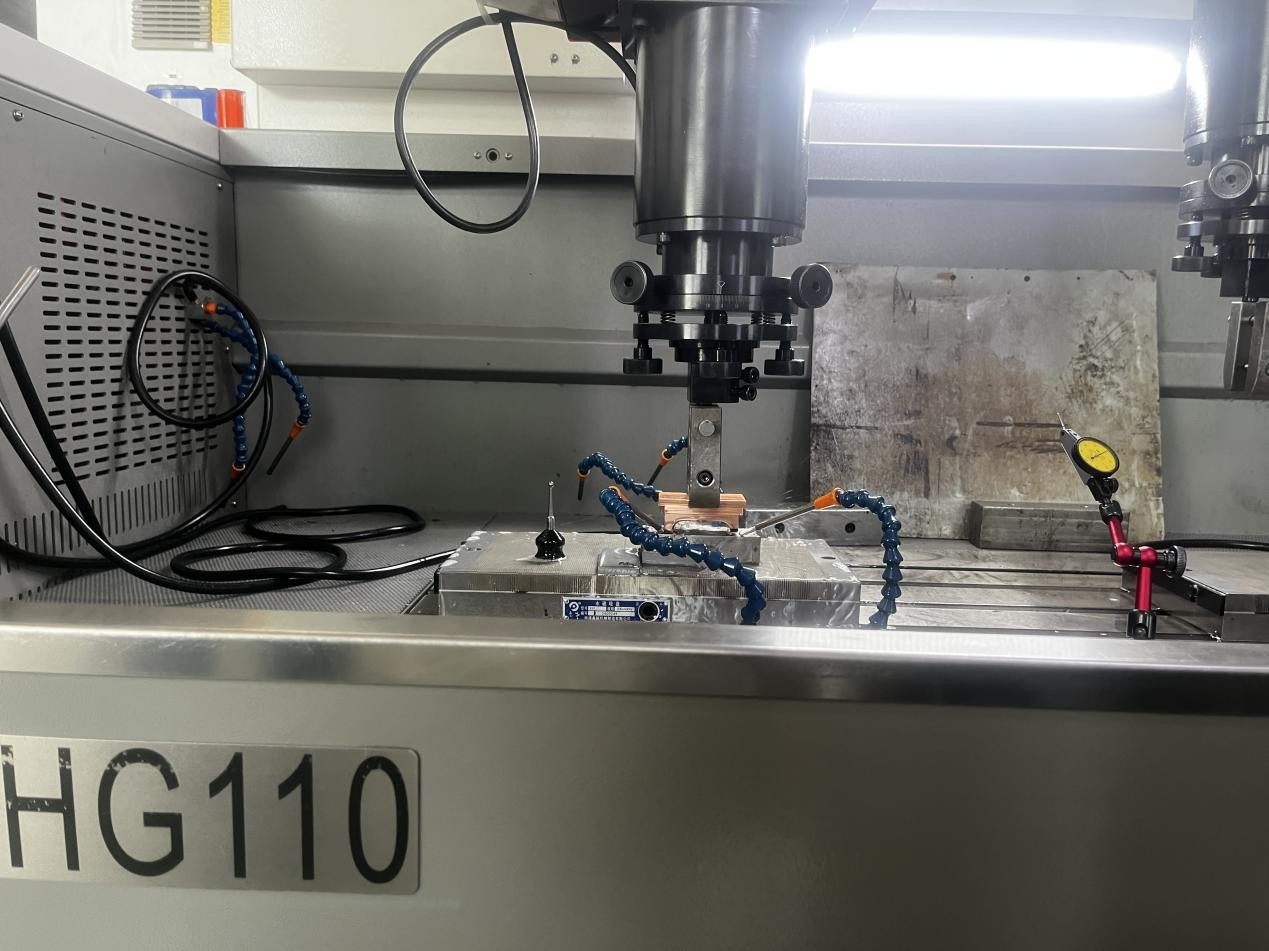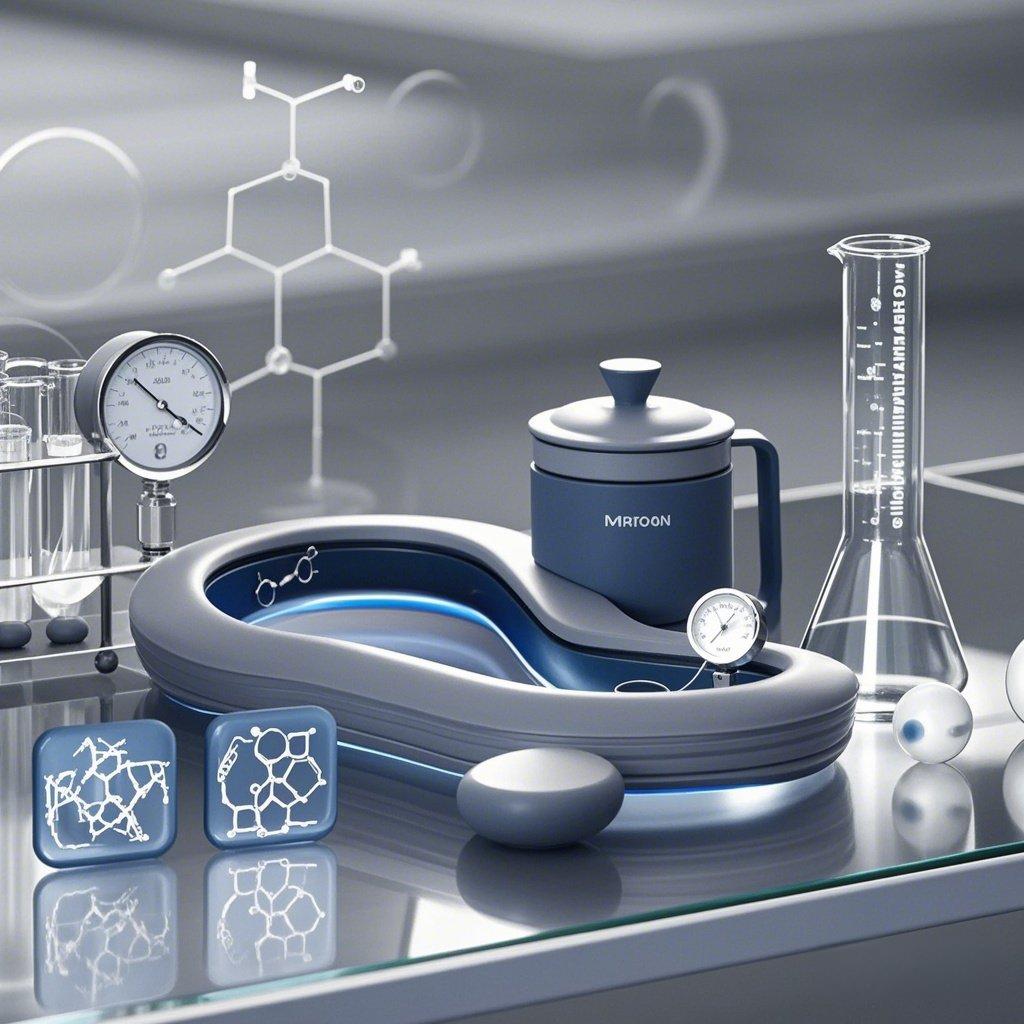JEWELIVESein führender Silikonhersteller, der sich auf den Export von Silikonprodukten wie Silikon-Handyhüllen, Silikon-Wasserflaschen, Silikon-Lunchboxen und andere Haushalts- und Babynahrungsprodukte spezialisiert hat, veranstaltete kürzlich seine Jährliche Bilanzsitzung. Die Veranstaltung war ein bedeutender Meilenstein für das Unternehmen, das ein Jahr mit stetigem Wachstum und Erfolg feierte.
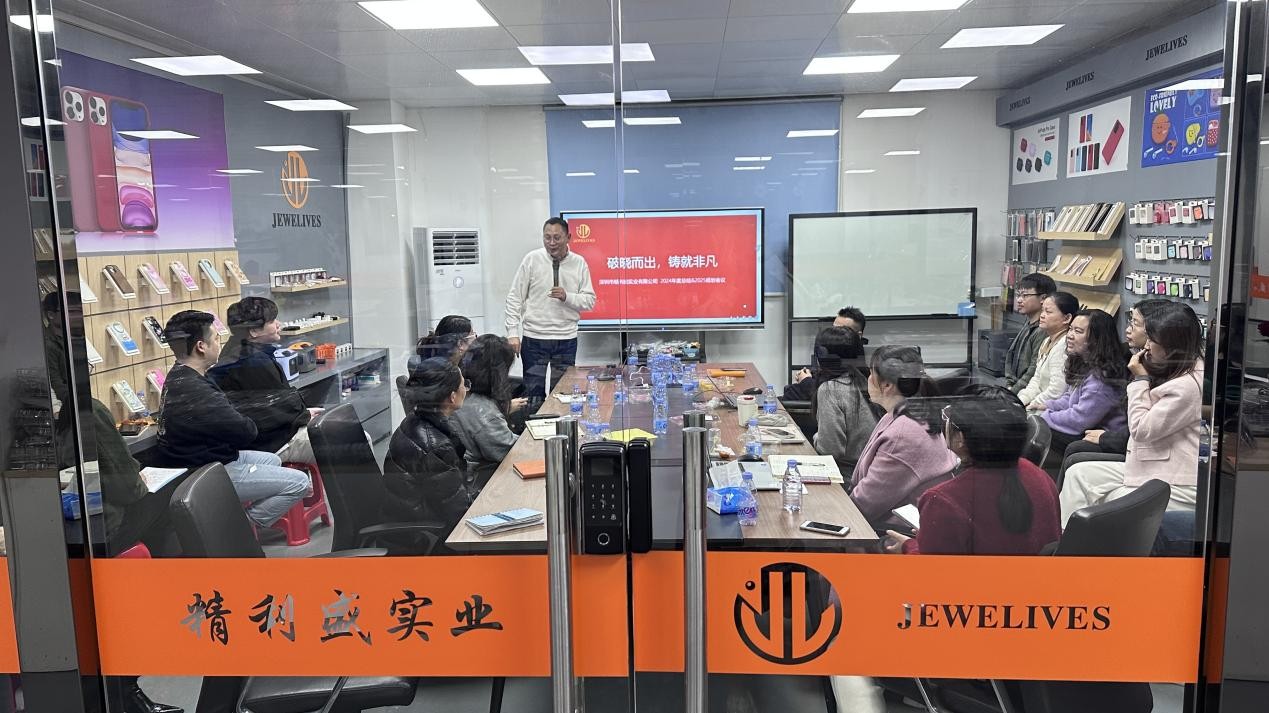

Die Versammlung fand am 14. Januar 2025 statt und brachte alle Mitglieder des JEWELIVES-Teams zusammen, um über die Errungenschaften des Jahres 2024 nachzudenken und ehrgeizige Ziele für das kommende Jahr zu setzen. Jeder Mitarbeiter hatte die Möglichkeit, seine Arbeit anhand von PowerPoint-Präsentationen vorzustellen, in denen er seinen persönlichen Beitrag zum Erfolg des Unternehmens im vergangenen Jahr darlegte. Sie analysierten wichtige Leistungsindikatoren und gaben Einblicke in die Strategien, die sich als wirksam erwiesen haben, um den Umsatz des Unternehmens im Vergleich zu 2023 um 12% zu steigern.
Die Präsentationen waren nicht nur ein Schaufenster der individuellen Leistungen, sondern auch ein Moment der gemeinsamen Reflexion. Die Teammitglieder diskutierten über die Herausforderungen, mit denen sie konfrontiert waren, und darüber, wie sie diese gemeistert haben, und förderten so ein Umfeld des Lernens und der Verbesserung. Darüber hinaus skizzierten die Mitarbeiter ihre Vision für das Jahr 2025, schlugen innovative Ideen vor, um den Aufwärtstrend des Unternehmens fortzusetzen, und unterbreiteten Vorschläge zur Verbesserung der täglichen betrieblichen Abläufe im Unternehmen.
Die positive Dynamik ist auf das Engagement und die harte Arbeit der gesamten JEWELIVES-Belegschaft zurückzuführen, von den Produktionsmitarbeitern bis zu den Managementteams. Das Unternehmen hat sich stets bemüht, die Produktqualität zu verbessern, seine Marktreichweite zu vergrößern und die Kundenzufriedenheit zu erhöhen. Als Reaktion auf die wachsende Nachfrage der Verbraucher nach umweltfreundlichen Produkten hat JEWELIVES in nachhaltige Fertigungsverfahren investiert und sucht weiterhin nach neuen Wegen, um die Umweltbelastung zu minimieren.
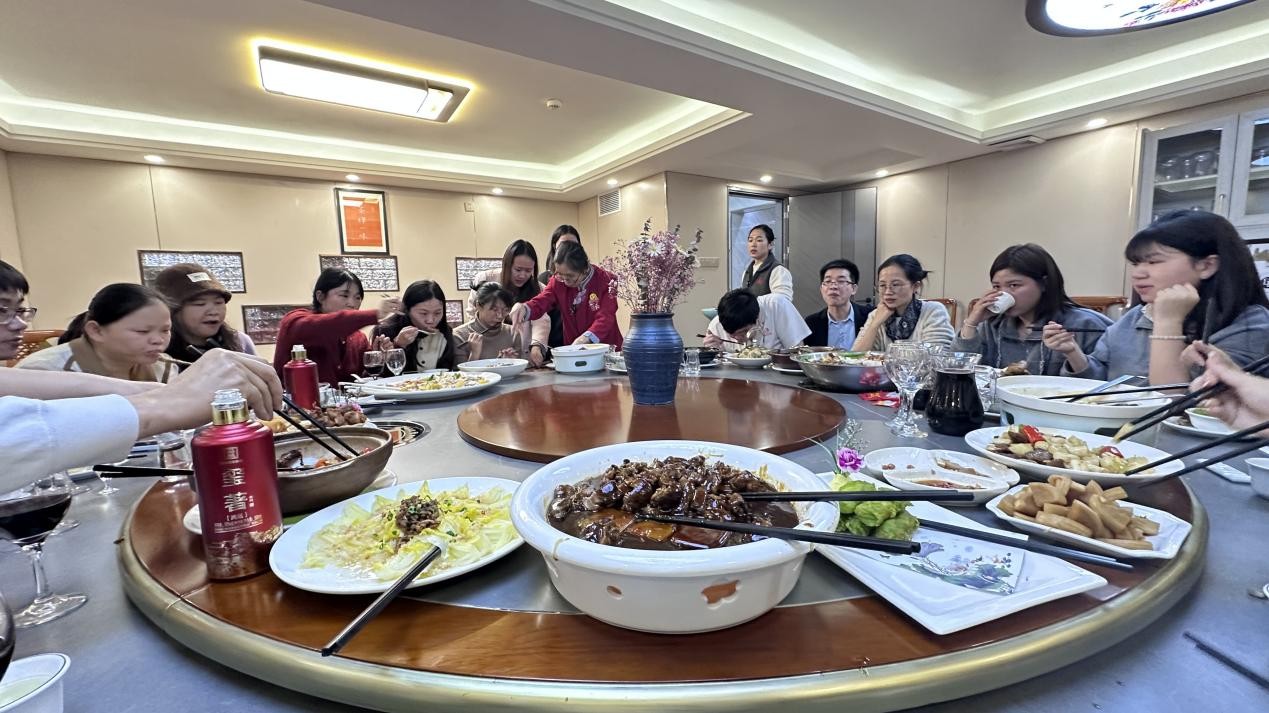

Zum Abschluss des Abends feierte das Team seinen gemeinsamen Erfolg mit einer fröhlichen Dinnerparty. Es war eine Zeit der Entspannung und der Kameradschaft, die es den Mitarbeitern ermöglichte, außerhalb des formellen Rahmens des Büros Kontakte zu knüpfen. Bei gemeinsamen Mahlzeiten und Getränken tauschten sie Geschichten und Erfahrungen aus und stärkten so die Beziehungen, die für die Unternehmenskultur so wichtig sind.
Mit Blick auf das Jahr 2025 ist JEWELIVES entschlossen, auf dem in den vergangenen Jahren geschaffenen Fundament aufzubauen. Wir planen eine weitere Vertiefung unserer Zusammenarbeit mit Kunden und gemeinsam innovative Silikonprodukte zu entwickeln, die den Bedürfnissen ihrer lokalen Märkte besser entsprechen. Gleichzeitig engagieren wir uns für die Erforschung und Entwicklung neuer Materialien aus Flüssigsilikon. Vertiefung des Engagements für eine nachhaltige Entwicklung und Erschließung neuer Märkte. Mit klaren Zielen und einem proaktiven Team ist JEWELIVES bereit, seine beeindruckende Wachstumsgeschichte fortzusetzen.
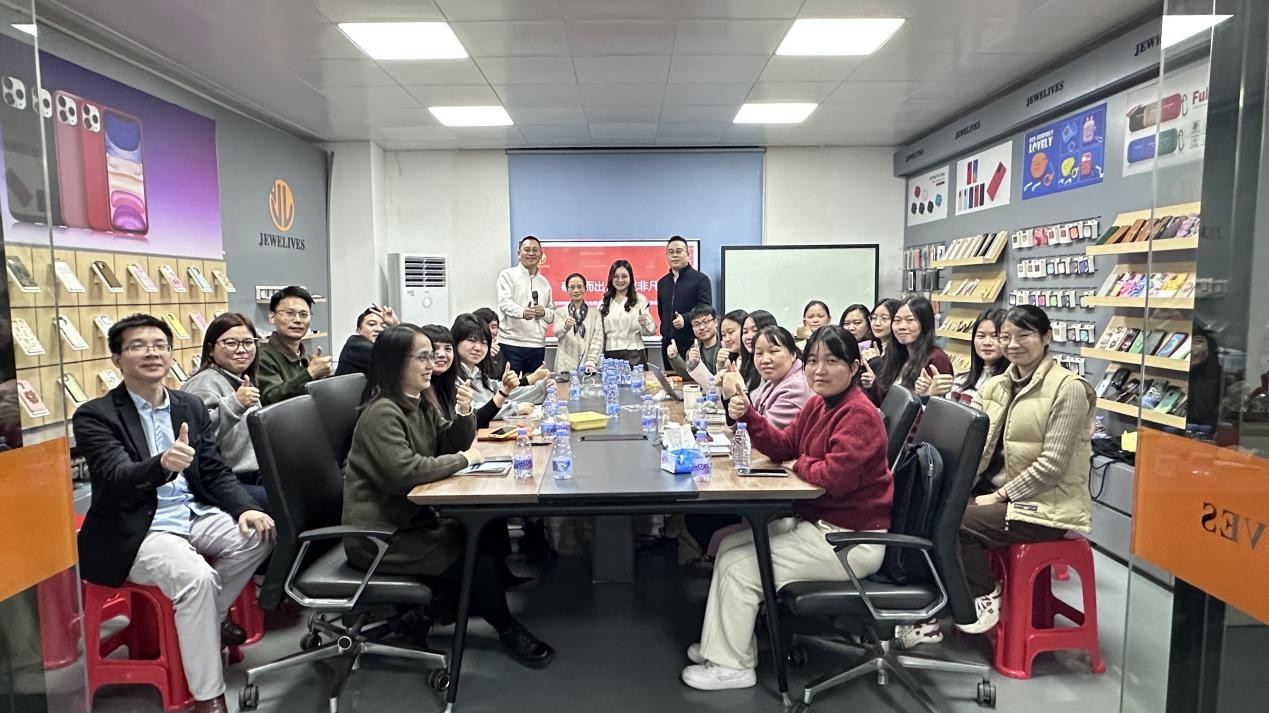

Das Unternehmen geht mit Zuversicht in das neue Jahr, mit der Zuversicht, dass es sich an die veränderten Marktbedingungen anpassen kann, und mit einem erneuerten Sinn für Ziele. Die jährliche Zusammenkunft hat uns daran erinnert, wie wichtig Teamwork und Zusammenarbeit sind, um gemeinsame Ziele zu erreichen. JEWELIVES ist begeistert von den Möglichkeiten, die vor uns liegen, und freut sich auf ein weiteres erfolgreiches Jahr der Innovation und Expansion auf dem globalen Markt.


